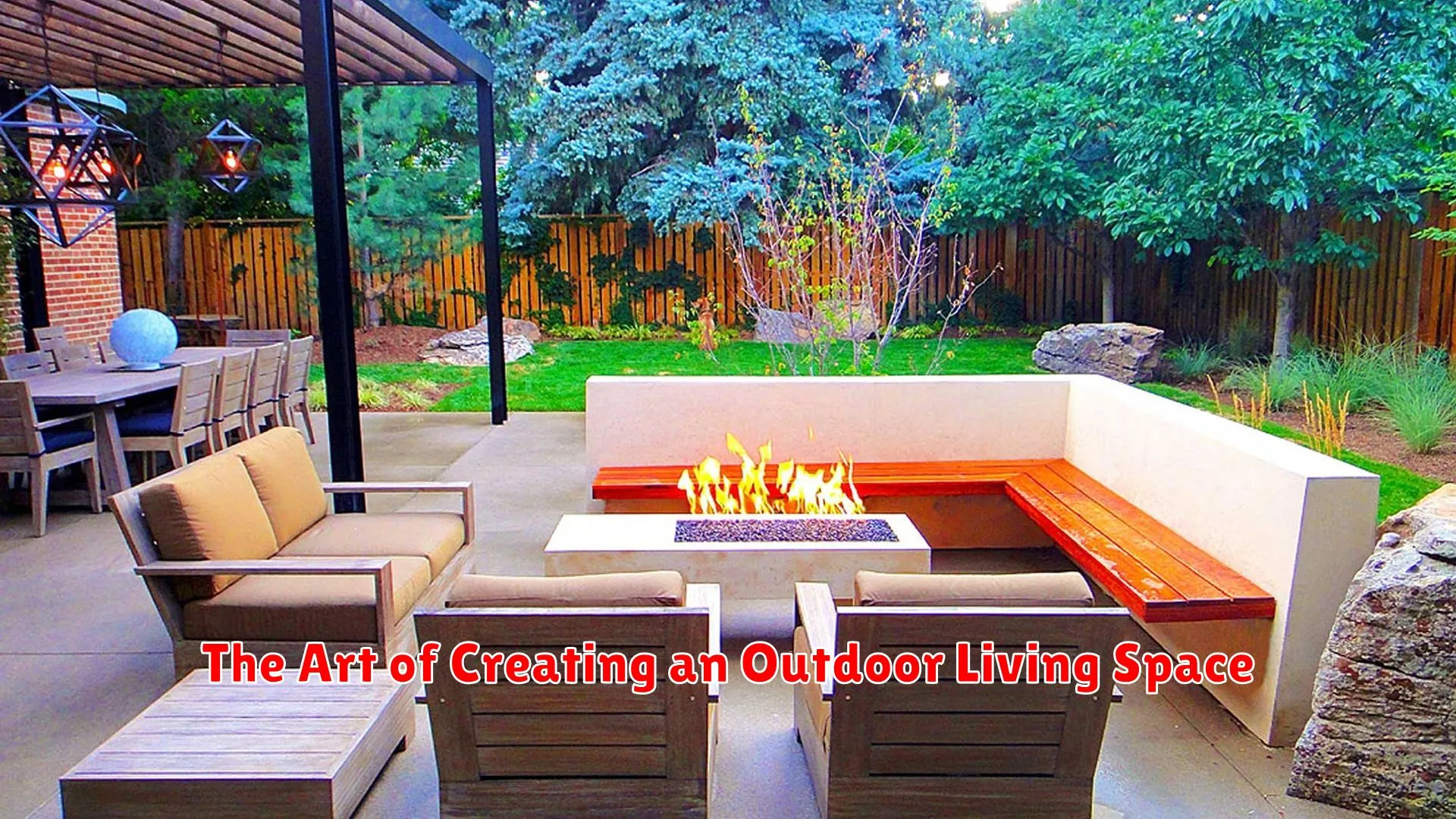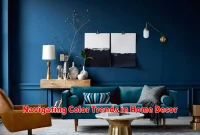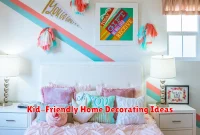Discover the essence of relaxation and entertainment with our guide to mastering the art of creating an inviting and functional outdoor living space. From furniture selection to cozy lighting, transform your backyard into a stylish oasis of comfort and joy.
Choosing Outdoor Furniture

When it comes to creating an inviting outdoor living space, the right furniture can make all the difference. Selecting the perfect outdoor furniture requires a thoughtful approach to ensure both functionality and aesthetics are met.
Consider the following factors:
- Material: Opt for durable materials such as teak, aluminum, or resin wicker that can withstand outdoor elements.
- Comfort: Choose furniture that offers comfort and support, such as plush cushions or ergonomic design.
- Style: Match the furniture style with your outdoor decor theme, whether it’s modern, rustic, or coastal.
- Size: Take measurements of your outdoor space to ensure the furniture fits properly without overcrowding.
- Maintenance: Consider the level of maintenance required for the furniture to keep it looking fresh and appealing.
By taking these factors into account, you can create a harmonious outdoor living space that reflects your personal style and provides a comfortable retreat for relaxation and entertaining.
Weather-Proof Decor
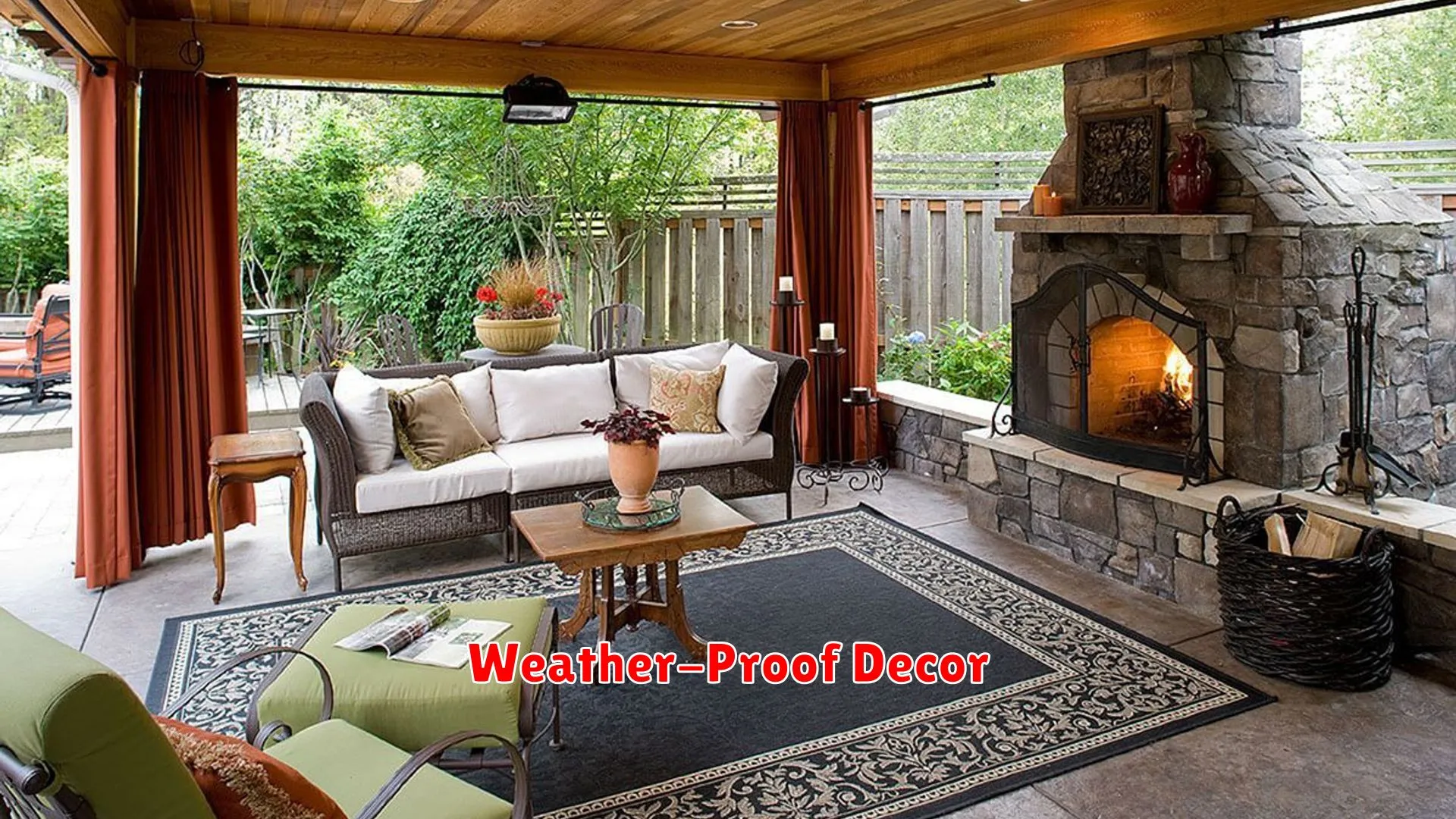
When it comes to creating an outdoor living space that truly stands out, incorporating weather-proof decor is essential. Outdoor areas are exposed to different elements, from sun and rain to wind and temperature changes. Your decor choices should not only add style and personality but also withstand these outdoor conditions over time.
Choose Durable Materials: Opt for furniture and decor items made from weather-resistant materials such as teak, aluminum, or polyresin. These materials can withstand harsh weather conditions and are easy to maintain.
All-Weather Fabrics: Select outdoor cushions, rugs, and throw pillows made from all-weather fabrics that are resistant to fading and mildew. Sunbrella fabric, for example, is a popular choice known for its durability and fade-resistance.
Functional and Stylish: Look for decor pieces that are not just visually appealing but also serve a purpose. Incorporate outdoor storage benches, weatherproof cabinets, or multi-functional furniture that can enhance the functionality of your outdoor space.
Outdoor Lighting: Illuminate your outdoor living area with weather-resistant lighting solutions such as LED lights, solar-powered fixtures, or outdoor string lights. These options can withstand various weather conditions while creating a cozy ambiance.
Maintaining Your Decor: Regularly clean and maintain your weather-proof decor to prolong its lifespan. Use gentle cleansers for furniture, brush off debris from cushions, and store delicate items during extreme weather conditions to ensure they stay in top condition.
Lighting the Outdoors

Proper lighting plays a crucial role in enhancing the ambiance and functionality of your outdoor living space. Whether you have a cozy patio, sprawling garden, or a spacious deck, thoughtful lighting design can transform the area into a soothing retreat or an inviting entertainment zone.
Types of Outdoor Lighting
There are various types of outdoor lighting options to consider: 1. Ambient Lighting provides overall illumination to the space, 2. Task Lighting focuses on specific areas for practical activities, and 3. Accent Lighting highlights architectural features or landscape elements.
Placement and Fixtures
Strategically placed lighting fixtures are key to creating a well-balanced outdoor environment. Consider installing string lights for a cozy vibe, path lights for safe navigation, and spotlights to showcase your favorite outdoor decor.
Energy-Efficient Options
Opt for solar-powered or LED lighting to reduce energy consumption and minimize your carbon footprint. Not only are these options environmentally friendly, but they also offer long-lasting performance and cost-effectiveness in the long run.
Planting for Privacy and Beauty
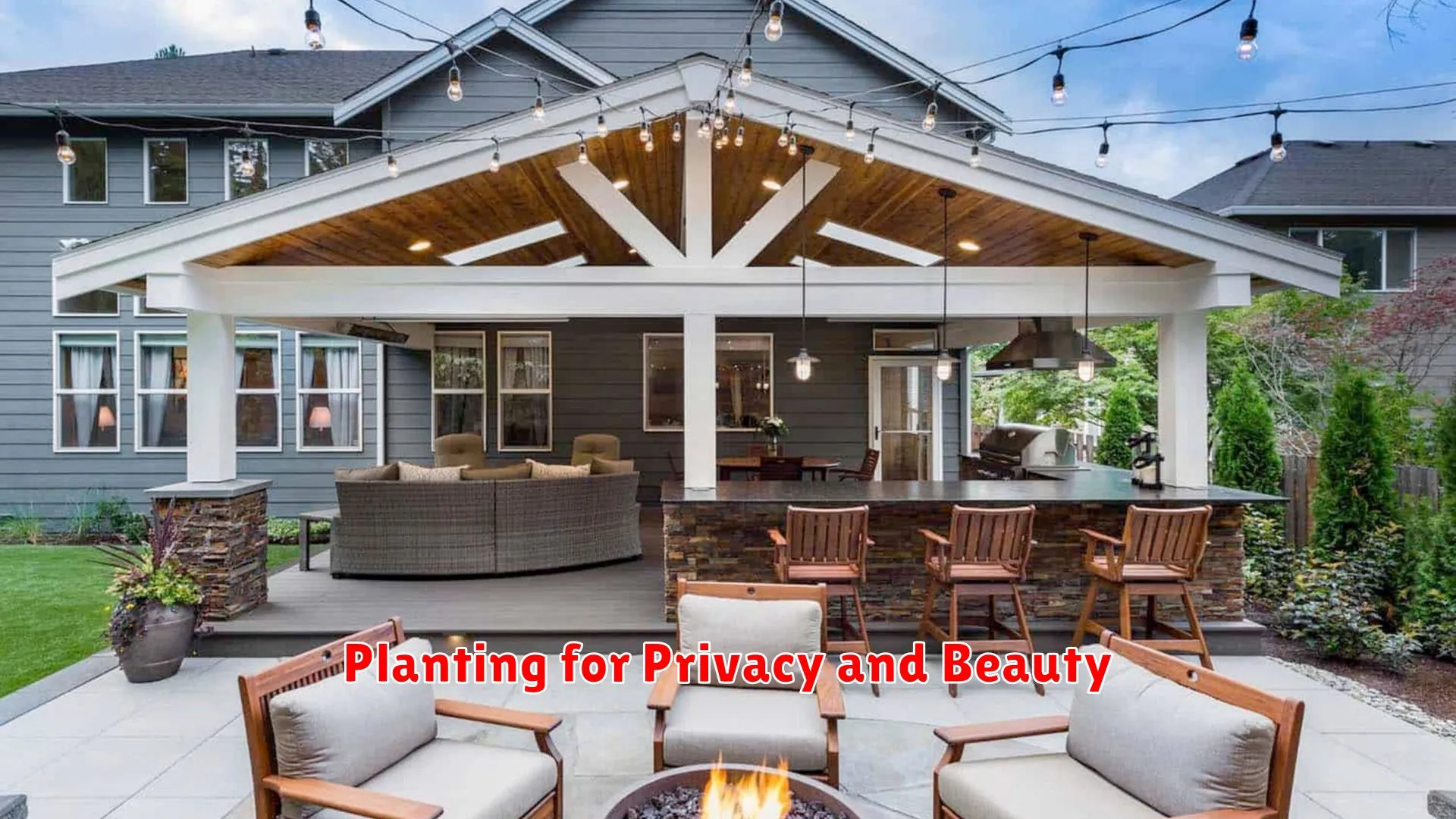
Creating an inviting outdoor living space goes beyond just picking out furniture and decor. One essential aspect is strategically planting greenery to enhance both privacy and beauty in your outdoor area.
Privacy Planting
When thinking about privacy in your outdoor space, consider using hedges, trees, and shrubs strategically placed to block unwanted views. Tall evergreen plants such as arborvitae or leyland cypress can serve as excellent natural screens. You can also mix in some ornamental grasses for a softer touch.
Beauty Enhancement
While focusing on privacy, don’t forget about aesthetics. Choose plants that not only provide privacy but also add to the beauty of your outdoor area. Colorful flowers, aromatic herbs, and visually appealing foliage can transform your space into a vibrant and soothing sanctuary. Consider creating layered planting beds with varying heights to add depth and visual interest.
Maintenance Considerations
Remember to factor in maintenance when selecting plants for privacy and beauty. Opt for low-maintenance varieties if you prefer a fuss-free garden. Consider the growth rate, sunlight requirements, and water needs of your chosen plants to ensure they thrive and continue to enhance your outdoor living space.
Creating Zones in Your Outdoor Space
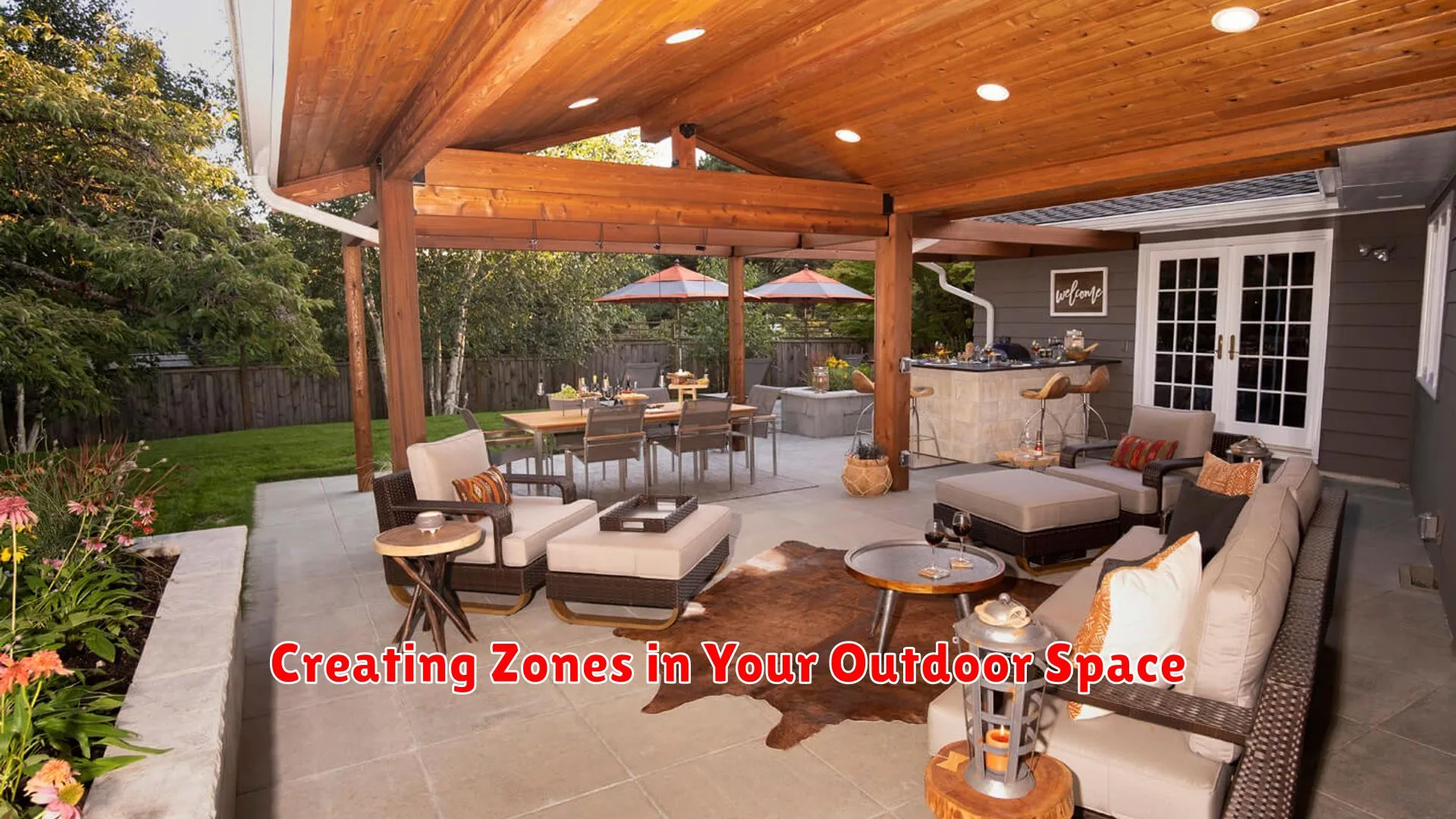
When it comes to maximizing your outdoor living space, creating designated zones can make a significant difference in both functionality and aesthetics. By strategically dividing your outdoor area into different zones, you can cater to various activities and enhance the overall appeal of your space.
1. Define the Purpose of Each Zone
Before you start creating zones in your outdoor space, it’s essential to consider the activities you want to accommodate. Whether it’s a dining area, a lounge space, or a play area for kids, each zone should serve a specific purpose. This will help you plan the layout and choose the appropriate furnishings for each zone.
2. Use Visual Cues for Separation
Creating zones doesn’t necessarily mean building physical barriers. You can use visual cues such as different flooring materials, rugs, or even changes in lighting to delineate each zone. This subtle division can help create a sense of organization while maintaining an open and inviting atmosphere.
3. Incorporate Functional Furnishings
Investing in multi-functional furniture pieces can help maximize the utility of each zone. Consider versatile pieces like storage benches that can serve as seating in a dining area or as a place to keep outdoor essentials. Additionally, modular furniture can easily be rearranged to adapt to different activities in each zone.
4. Add Greenery and Décor Elements
Enhance the ambiance of each zone by incorporating plants, outdoor rugs, throw pillows, and other decorative elements. Greenery not only adds a touch of nature but also helps define the boundaries of each zone. Personalize each space with accessories that reflect your style and create a cohesive look throughout your outdoor area.
5. Create Seamless Transitions
To ensure a harmonious flow between zones, consider the transitions between each area. Use pathways, stepping stones, or landscaping features to connect the different zones seamlessly. This will create a cohesive and well-integrated outdoor space that feels both functional and visually pleasing.
Conclusion
In conclusion, creating an outdoor living space is a perfect way to enhance your home’s aesthetics and functionality. By carefully designing and furnishing the area, you can transform your outdoor space into a welcoming retreat for relaxation and entertainment.

